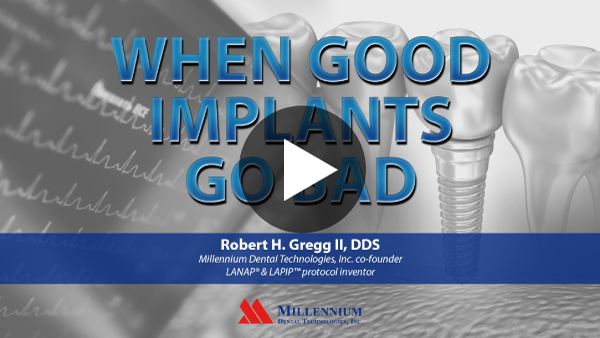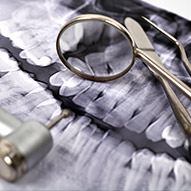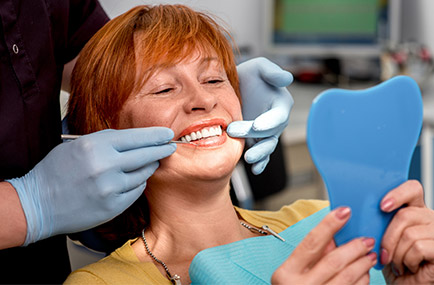Dental Implant 101Dental implants are increasingly popular options for missing teeth. The implant is a titanium post placed into your jaw that serves as a substitute for a tooth root, with the tooth crown placed on top. Many dental implants are long term solutions, but as more implants are placed, there are more cases of dental implants that fail. Experts estimate between 3-20% of implants fail. What happens when a dental implant fails? |  |






